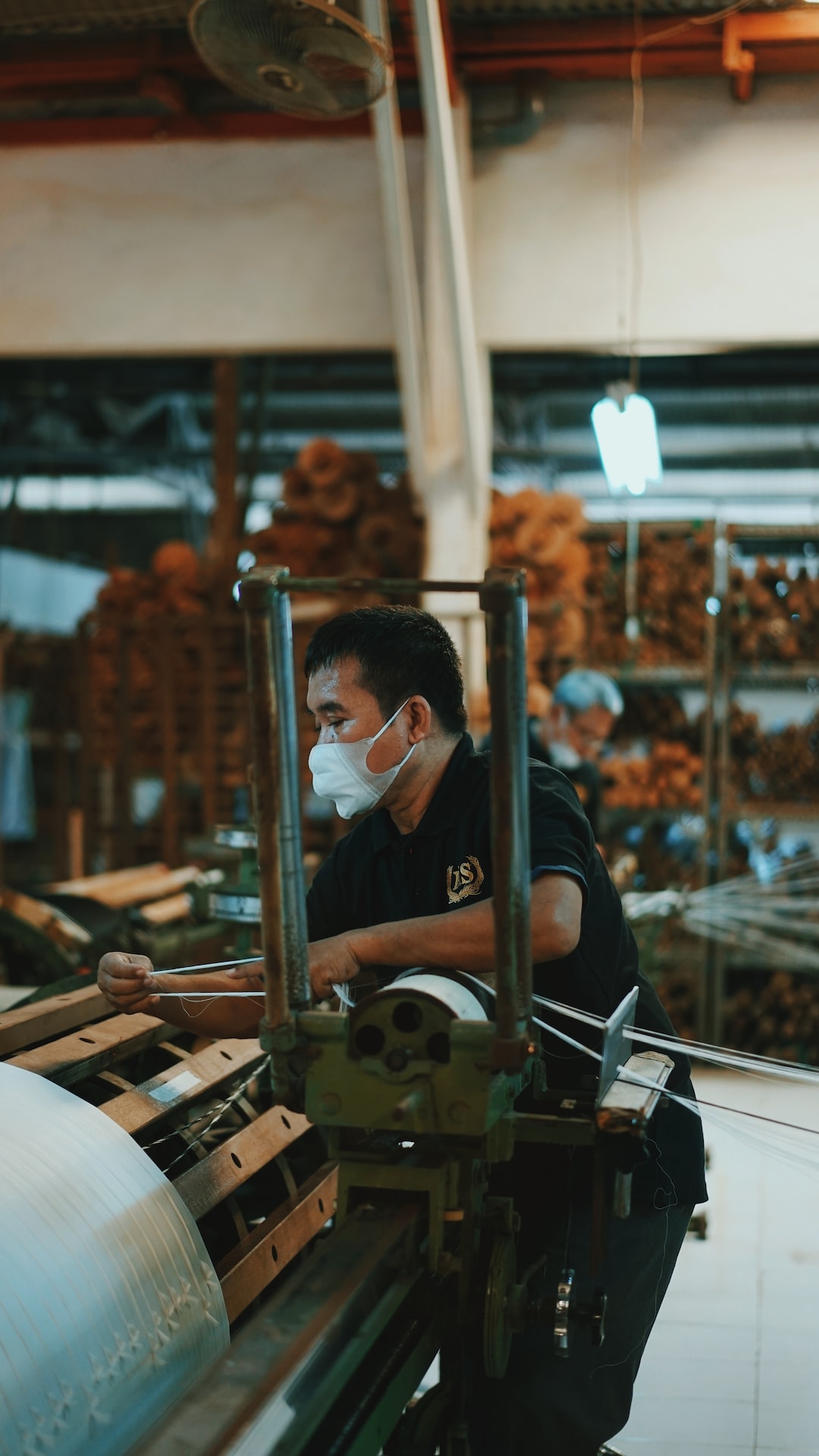The production industry is constantly evolving, and businesses need to be able to predict trends and adapt to change to remain competitive. In today’s fast-paced world, technology is driving change at an unprecedented pace, and production processes need to keep up.
Predicting trends is one of the most important factors for staying ahead of the curve. These trends can come in a variety of forms, from economic cycles to technological advancements. For example, the rise of e-commerce has changed the way that consumers shop, which has spurred an increase in demand for fast and efficient shipping and logistics. In addition, the emergence of new technologies such as 3D printing has revolutionized manufacturing and made it possible to produce goods on-demand.
To predict these trends, it is important to keep an eye on economic indicators, consumer preferences, and technological advancements. Market research can be used to gather valuable data and insights, as well as staying abreast of industry news, attending industry events, and closely analyzing competitors.
Adapting to change is equally important, and the production industry needs to be able to embrace rapid change to remain competitive. Adapting to change can involve updating production processes, introducing new technologies, or pivoting business models entirely.
For example, companies that previously relied on traditional manufacturing processes may need to adopt 3D printing technology to remain competitive. In a recent survey of businesses, 76% of respondents reported that 3D printing had already improved their business in some way, such as speeding up production times or reducing production costs.
Adapting to change can also involve embracing new business models, such as the growing trend of “circular economy” models. Under these models, companies seek to reduce waste and pollution by designing products that can be repaired, reused, or recycled. This shift towards a “circular economy” is driven in large part by both consumer demand for sustainable products and the need to comply with ever-tightening environmental regulations.
When it comes to adapting to change, it is important to maintain a flexible mindset and a willingness to experiment. This can involve exploring new technologies, testing new business models, and being open to new ideas and feedback from customers and industry peers.
In conclusion, predicting trends and adapting to change are essential for navigating the rapidly changing production industry landscape. Staying ahead of the curve requires a mix of market research, innovation, and a willingness to experiment. By staying nimble and responsive, production companies can remain competitive and continue to thrive in the changing business landscape.


